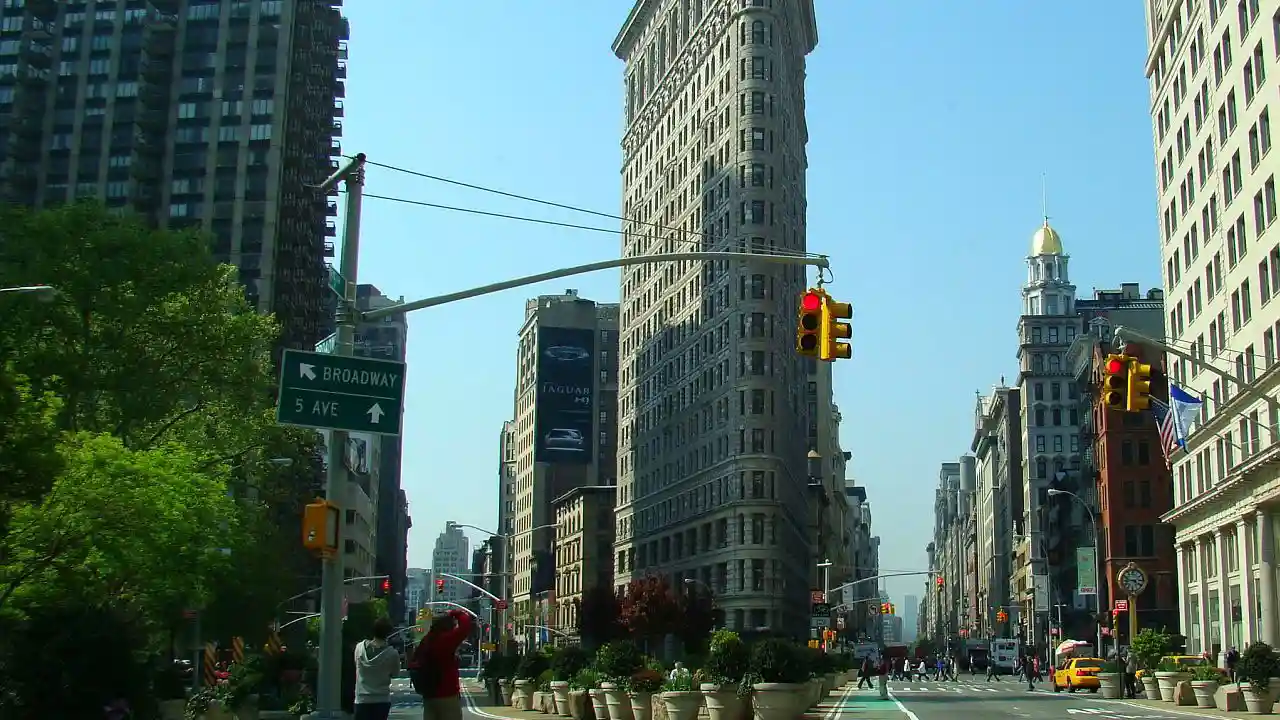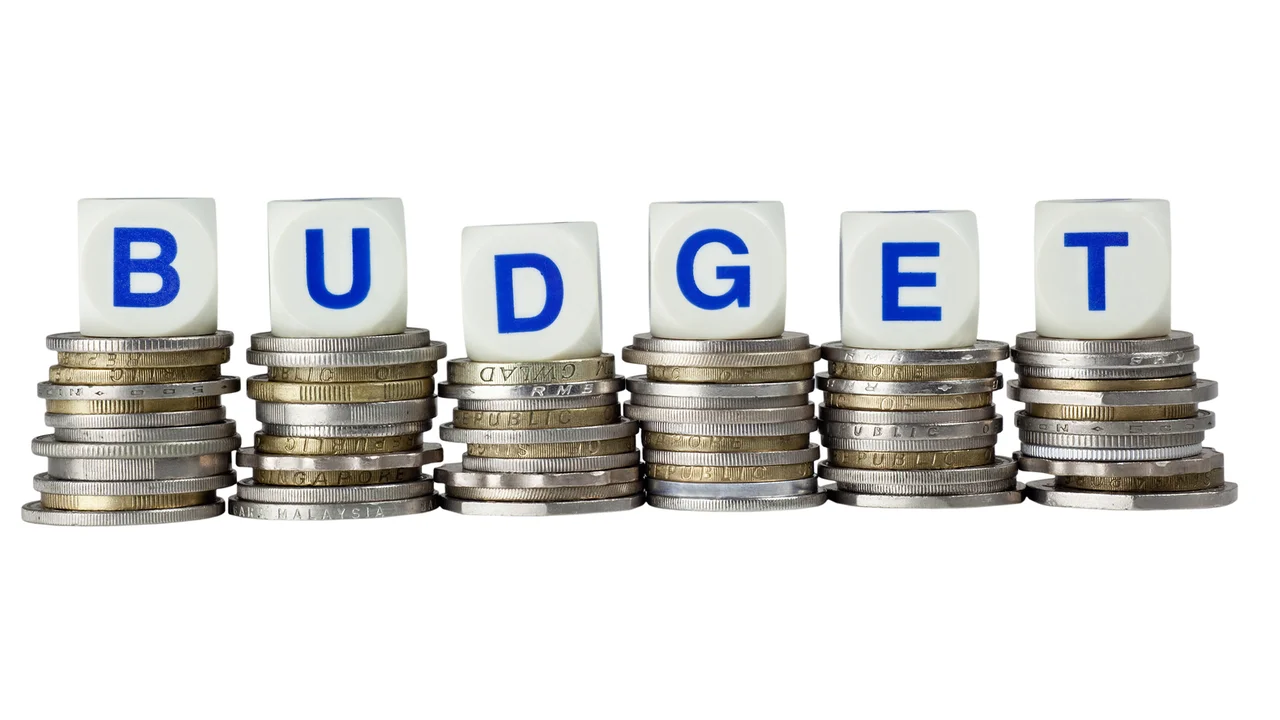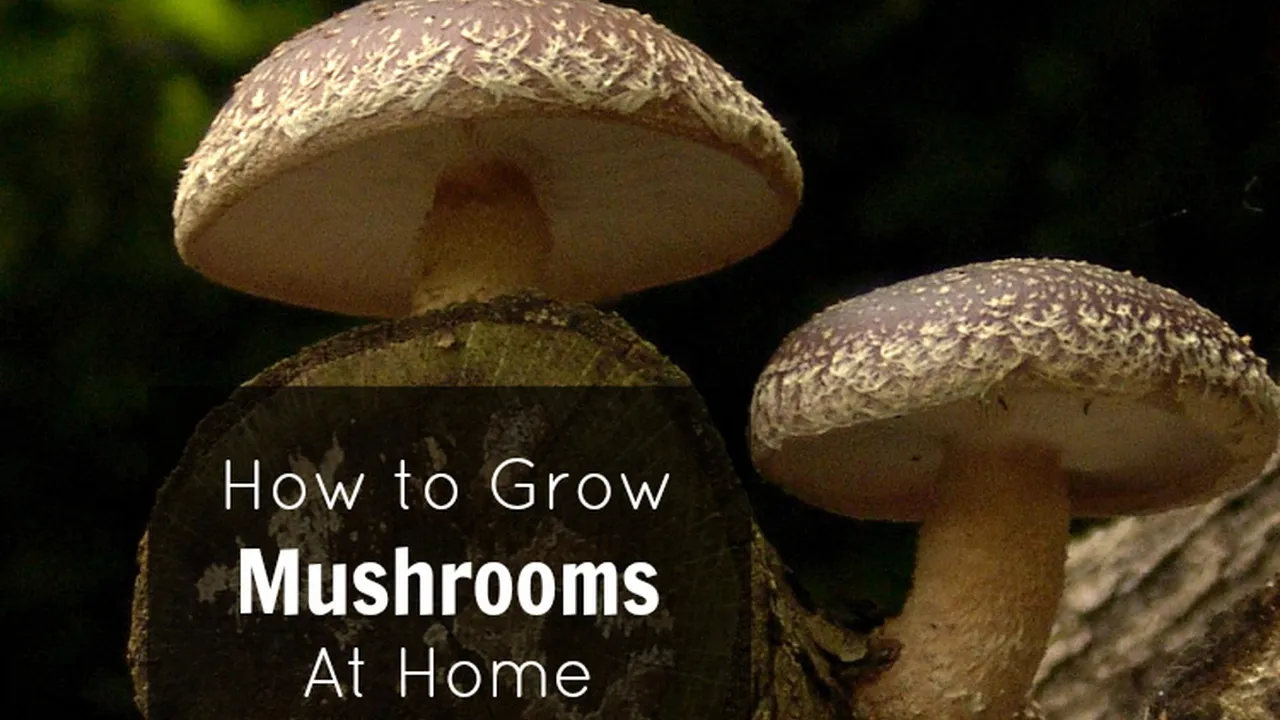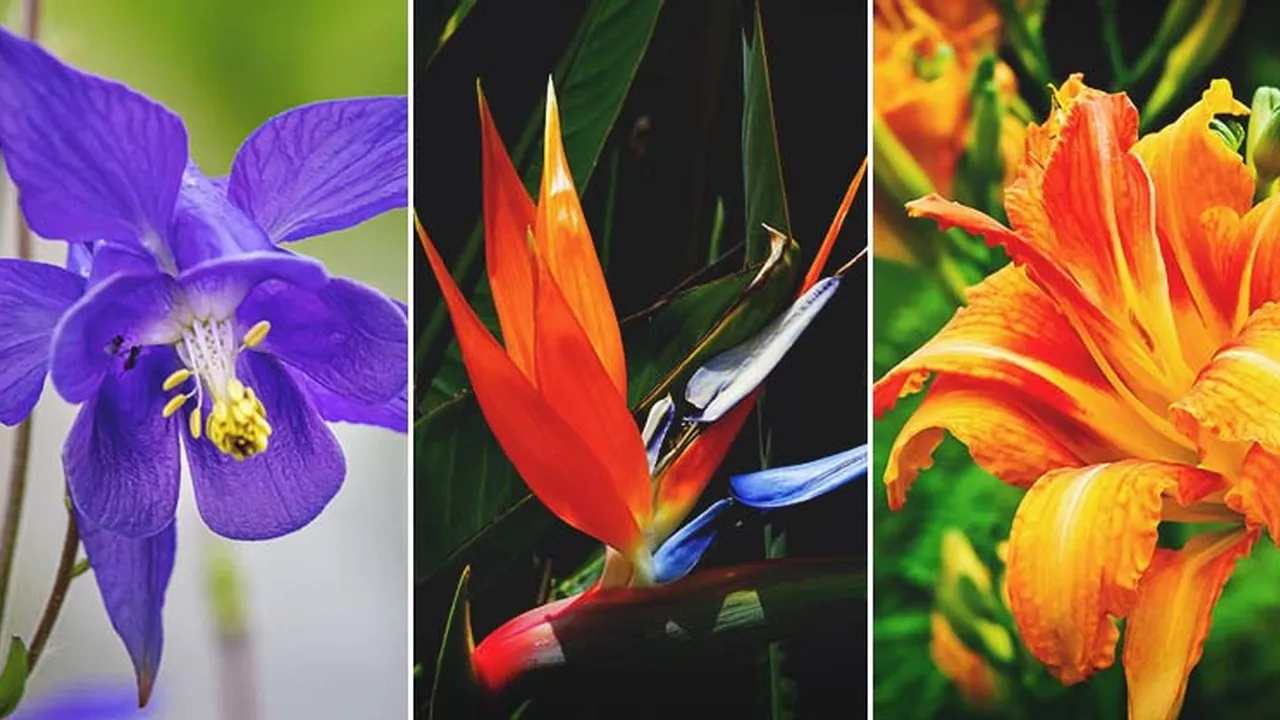Choosing Seeds vs Seedlings Pros and Cons
Decide whether to start with seeds or seedlings. Compare the advantages and disadvantages for beginner gardeners.

Choosing Seeds vs Seedlings Pros and Cons
Understanding the Basics Seeds vs Seedlings for Your Garden
So, you're ready to get your hands dirty and start a garden. That's fantastic! One of the first big decisions you'll face, especially as a beginner, is whether to start your plants from seeds or buy them as young seedlings (also known as transplants). Both methods have their own set of advantages and disadvantages, and understanding them will help you make the best choice for your gardening goals, budget, and available time. Let's break it down.
Starting from Seeds The Economical and Diverse Choice
Starting plants from seeds means you're growing them from scratch. You'll buy packets of tiny seeds and nurture them into young plants before eventually transplanting them into your garden. This method is often favored by experienced gardeners, but it's totally doable for beginners too, especially if you're patient and enjoy the process.
Advantages of Starting from Seeds
- Cost-Effectiveness: This is probably the biggest draw. A packet of seeds, which might cost a few dollars, can contain dozens, sometimes hundreds, of seeds. Compare that to buying individual seedlings, which can cost a few dollars each. If you're planning a large garden or want to grow many plants, seeds are significantly cheaper. For example, a packet of 'Roma' tomato seeds might be $3.00 and yield 50+ plants, while 6 'Roma' tomato seedlings could cost $15.00.
- Wider Variety: When you buy seedlings from a nursery or garden center, you're limited to what they've chosen to grow. Seed catalogs and online retailers, however, offer an astonishing array of plant varieties – heirloom tomatoes, unusual pepper types, unique flower colors, and more. If you're looking for something specific or want to experiment with rare varieties, seeds are almost always the way to go.
- Control Over Growing Conditions: When you start from seed, you control the entire growing process from day one. This means you can choose your potting mix, ensure proper watering, and avoid exposing young plants to pesticides or chemicals you don't want in your garden. This is particularly important for organic gardeners.
- Satisfaction and Learning: There's an immense sense of accomplishment that comes from nurturing a tiny seed into a thriving plant. It's a fantastic learning experience, teaching you about plant life cycles, germination, and early plant care.
- Timing Flexibility: You can start seeds indoors several weeks or even months before the last frost date, giving your plants a head start on the growing season. This is crucial for plants with long growing seasons, like tomatoes, peppers, and eggplants, especially in regions with shorter summers.
Disadvantages of Starting from Seeds
- Time and Effort: Starting seeds requires more time and attention. You'll need to set up a dedicated space, often indoors, with proper lighting (grow lights are usually necessary), temperature control, and consistent watering. It's not just about planting a seed and forgetting about it.
- Equipment Needed: While not always expensive, you'll likely need seed starting trays, potting mix, and potentially grow lights, heating mats, and fans. These initial investments can add up, though they are reusable.
- Germination Rates and Failures: Not every seed will germinate, and not every seedling will survive. You might have patchy trays or lose some young plants to damping-off disease. This can be frustrating for beginners.
- Transplant Shock: Even if your seedlings thrive indoors, they can experience transplant shock when moved outdoors. This is a temporary setback where the plant wilts or struggles to adapt to new conditions. Proper hardening off (gradually acclimating plants to outdoor conditions) is essential to minimize this.
- Patience Required: Some seeds take a long time to germinate and grow to a transplantable size. If you're eager to see immediate results, this might test your patience.
Recommended Seed Starting Products
If you decide to go the seed route, here are a few product recommendations that can make the process smoother:
1. Jiffy Peat Pellets or Jiffy Seed Starting Mix
- Description: Jiffy offers compressed peat pellets that expand when watered, creating a self-contained growing medium. They also have loose seed starting mixes.
- Use Case: Ideal for beginners who want a simple, mess-free way to start seeds. The pellets reduce the need for separate pots and potting mix. The mix is great for filling trays.
- Comparison: Pellets are super convenient but can be pricier per plant than loose mix. Loose mix gives you more control over filling trays and pots.
- Price Range: Jiffy Peat Pellets (50-pack) around $10-$15 USD. Jiffy Seed Starting Mix (16-quart bag) around $15-$20 USD.
2. Bootstrap Farmer Heavy Duty Seed Starting Trays
- Description: These are durable, reusable plastic trays designed to last for many seasons, unlike flimsy alternatives. They come in various cell counts (e.g., 72-cell, 128-cell).
- Use Case: Perfect for serious seed starters who want reliable equipment that won't crack or break after one use. Great for organizing many seedlings.
- Comparison: Much more robust than standard nursery trays. While more expensive upfront, they save money in the long run due to their longevity.
- Price Range: A set of 5-10 trays can range from $30-$60 USD.
3. Barrina T5 Grow Lights
- Description: Affordable and effective LED grow lights that provide the necessary spectrum for seedling growth. They are slim and easy to hang.
- Use Case: Essential for indoor seed starting, especially if you don't have a south-facing window with abundant light. Prevents leggy, weak seedlings.
- Comparison: More energy-efficient and cooler running than traditional fluorescent lights. Less expensive than high-end full-spectrum LED panels, making them great for beginners.
- Price Range: A 2-pack of 2ft T5 lights around $40-$60 USD.
4. VIVOSUN Seedling Heat Mat
- Description: A waterproof mat that provides gentle, consistent heat to the bottom of seed trays, promoting faster germination for many plant types.
- Use Case: Highly recommended for heat-loving plants like tomatoes, peppers, and eggplants, or if your indoor seed starting area is cool.
- Comparison: Many brands offer similar mats. Look for one with a thermostat controller for precise temperature regulation.
- Price Range: A standard 10x20 inch mat around $20-$30 USD. With thermostat, $30-$50 USD.
Buying Seedlings The Convenient and Quick Option
Seedlings are young plants that have already germinated and grown to a few inches tall, typically with a few sets of true leaves. You can purchase them at local nurseries, garden centers, or even some grocery stores. This is often the preferred method for beginners or those with limited time and space.
Advantages of Buying Seedlings
- Convenience and Time-Saving: This is the biggest advantage. You skip the entire seed-starting process, which means no need for grow lights, heat mats, or daily monitoring of tiny sprouts. You just buy them and plant them.
- Instant Gratification: You get an immediate garden. Within hours of bringing them home, your garden beds can look full and vibrant. This is very encouraging for new gardeners.
- Higher Success Rate: Seedlings are past their most vulnerable stage (germination). They have established root systems and are generally more robust, leading to a higher success rate in the garden.
- Less Equipment Needed: You don't need any specialized indoor growing equipment. Just a trowel and your garden beds.
- Expert Advice: When you buy from a local nursery, you often have access to knowledgeable staff who can offer advice specific to your region and plant choices.
Disadvantages of Buying Seedlings
- Higher Cost: As mentioned, buying individual seedlings is significantly more expensive than starting from seed, especially if you need many plants. This can quickly add up for a larger garden.
- Limited Variety: Nurseries typically stock the most popular and common varieties that sell well in your area. If you're looking for heirloom varieties, unusual colors, or specific disease resistances, you might be out of luck.
- Potential for Pests or Diseases: While reputable nurseries do their best, there's always a small risk of bringing home pests or diseases on purchased seedlings. Always inspect plants carefully before buying.
- Unknown Growing Conditions: You don't know how the seedlings were grown before you bought them. They might have been over-fertilized, grown in less-than-ideal conditions, or exposed to chemicals you prefer to avoid.
- Transplant Shock: Even purchased seedlings can experience transplant shock, especially if they've been sitting in small pots for too long or are moved from a protected greenhouse environment directly into harsh outdoor conditions.
Tips for Choosing Healthy Seedlings
If you opt for seedlings, here's what to look for to ensure you're getting healthy plants:
- Compact and Bushy Growth: Avoid tall, leggy, or stretched-out plants. These indicate they haven't received enough light and will struggle to establish.
- Healthy Green Leaves: Look for vibrant green leaves without yellowing, brown spots, holes, or signs of disease or pest damage.
- No Flowers or Fruit (for vegetables): For vegetable seedlings, it's generally best to choose plants that haven't started flowering or fruiting yet. This means they'll put their energy into root and leaf growth once planted, rather than trying to sustain existing flowers/fruit.
- Check the Roots: Gently slide the plant out of its pot (if possible) to inspect the roots. You want to see white, healthy roots that are filling the pot but not excessively circling the bottom (root-bound). Avoid plants with mushy, brown, or foul-smelling roots.
- Pest-Free: Inspect the undersides of leaves and stems for any signs of pests like aphids, spider mites, or whiteflies.
- Moist Soil: The soil in the pot should be moist, not bone dry or waterlogged.
Making Your Decision Factors to Consider
There's no single right answer; the best choice depends on your personal situation and preferences. Here are some factors to weigh:
Your Budget
If you're on a tight budget or planning a very large garden, starting from seeds will save you a significant amount of money in the long run, even with the initial equipment investment.
Available Time and Patience
Do you have the time to dedicate to daily seed-starting tasks, like watering, monitoring, and hardening off? If your schedule is packed, buying seedlings might be a less stressful option.
Space and Equipment
Do you have a suitable indoor space with adequate light (natural or artificial) for seed starting? If not, buying seedlings eliminates the need for this setup.
Desired Plant Varieties
Are you looking for common, easy-to-find plants, or do you have your heart set on specific heirloom or unusual varieties? If it's the latter, seeds are your best bet.
Gardening Experience Level
While beginners can certainly start seeds, buying seedlings offers a higher chance of immediate success and can be less intimidating for your very first garden. As you gain confidence, you might want to try seed starting.
Climate and Growing Season
If you have a very short growing season, starting seeds indoors gives you a crucial head start. In warmer climates with longer seasons, direct sowing seeds outdoors might be an option for many plants, blurring the lines between the two methods.
A Hybrid Approach The Best of Both Worlds
Many gardeners, even experienced ones, use a combination of both methods. This is often the most practical approach.
- Start long-season crops from seed: For plants like tomatoes, peppers, and eggplants that need a long time to mature, starting them from seed indoors gives you a significant advantage.
- Buy quick-growing crops as seedlings: For plants that germinate and grow quickly, like lettuce, basil, or some flowers, buying seedlings can save you time and effort without much cost difference.
- Fill in gaps with seedlings: If some of your seeds don't germinate, or you have unexpected empty spots in your garden, you can always buy a few seedlings to fill them in.
- Experiment: Try starting a few things from seed and buying a few seedlings. See what works best for you and your garden.
Final Thoughts on Seeds vs Seedlings
Ultimately, the choice between starting from seeds and buying seedlings is a personal one. Both methods can lead to a successful and rewarding garden. If you're a beginner, don't feel pressured to do one over the other. Start with what feels most comfortable and achievable for you. As you gain experience, you might find yourself experimenting with both, enjoying the cost savings and variety of seeds for some plants, and the convenience of seedlings for others. Happy gardening!
:max_bytes(150000):strip_icc()/277019-baked-pork-chops-with-cream-of-mushroom-soup-DDMFS-beauty-4x3-BG-7505-5762b731cf30447d9cbbbbbf387beafa.jpg)






